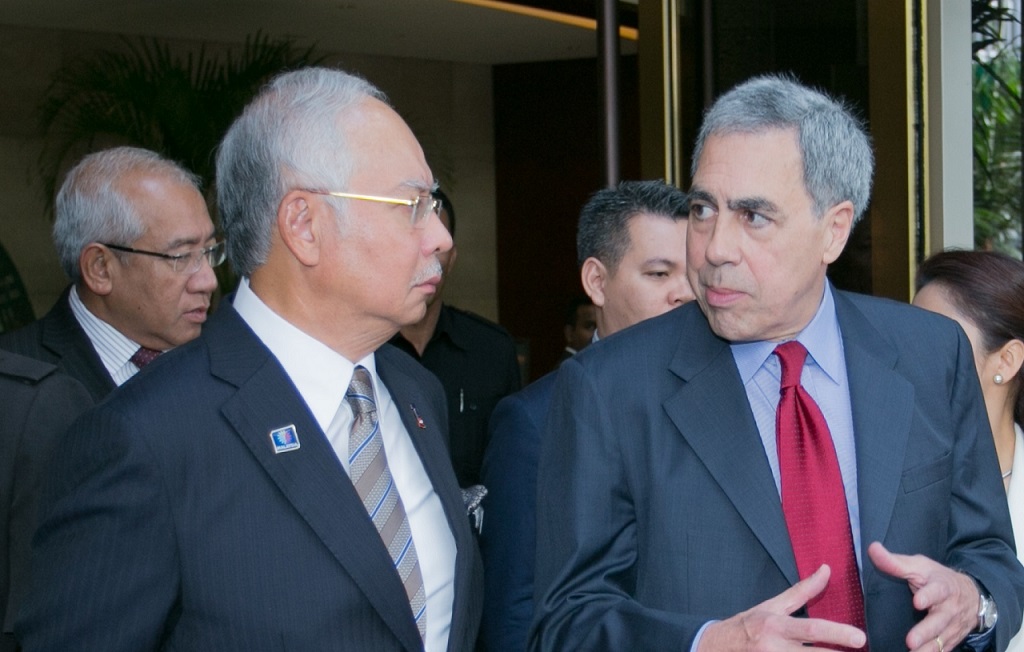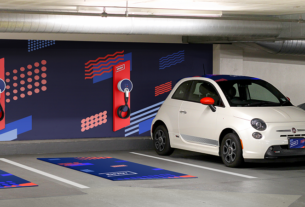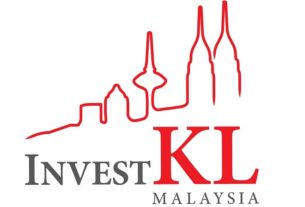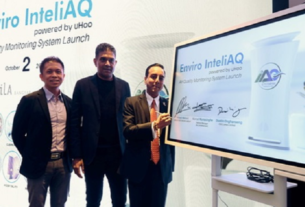For the past decade or so, Malaysia has consistently registered an average gross domestic product (GDP) growth of between 4 – 6 percent. Growth over the coming years is also expected to continue at a steady rate.
In line with continued growth however, there comes a need for larger supplies of energy, and the country is doing all it can to generate electricity sustainably and responsibly. Malaysia also seeks to drive a movement towards a low carbon society and leads the way in renewable energy for a greener environment.
In his keynote address at the “Energy for Tomorrow” conference held recently, Malaysia Prime Minister Dato’ Seri Haji Mohd Najib bin Tun Haji Abdul Razak said the government has launched a venture capital fund to finance clean energy projects across Southeast Asia.
“I also call on green industries to deliver jobs and help Malaysia create a deeper knowledge-based economy to help young entrepreneurs acquire skills to support their needs,” said the Prime Minister.
Dato’ Seri Najib believes that economic growth and carbon emissions need not be correlated.
“Malaysia is in favour of ambitious actions on climate change and is living proof that economy and environment can prosper together.
“As we transform our economy, Malaysia faces substantial challenges; marrying economic development and environmental protection and preparing the people and businesses to compete in a low carbon global economy. That is why we are encouraging more clean vehicles onto our roads, rationalising fuel subsidies, supporting public transportation and committed to energy efficient construction,” he said.
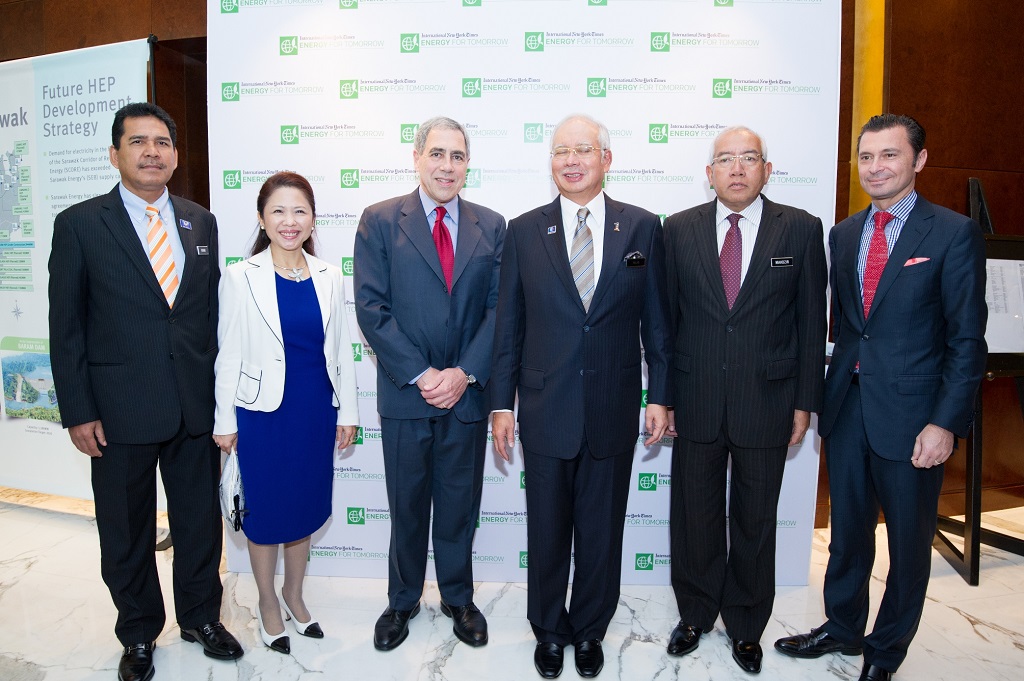
Investing in renewable energy
State of Green is a Danish initiative designed to lead them on a transition to a green growth economy independent of fossil fuels by 2050. State of Green executive director Finn Mortensen said that, without a doubt, Malaysia is one of the fastest growing economies in Asia.
“Malaysia has to take a look at new initiatives in promoting clean energy and I think that is not a problem here as the country is blessed with natural renewable resources such as Palm Oil biomass, solar, wind and hydro.”
Speaking to Business Circle on the sidelines of conference, Mortensen said, however, such an initiative requires a shift in perception, such as doing away with its huge energy subsidies worth some RM20 billion a year.
“The government is doing the right thing in weaning off subsidies. Although the move is not popular, in the longer run it will pay off for the country.”
Towards regional energy cooperation
Singapore’s Lee Kuan Yew School of Public Policy dean, Professor in Practice of Public Policy, Kishore Mahbubani said Malaysia and Singapore can move towards greater energy cooperation in sectors such as renewable energy.
“Southeast Asia is blessed with the potential for tapping into solar energy. Singapore might not have the land space to use this optimally, but Malaysia can. In turn, Singapore would love to buy solar energy from Malaysia. It’s a win-win solution for everybody, and also another opportunity to strengthen economic ties between the two countries,” he told Business Circle.
Speaking at the conference organised by the International New York Times, global associate for energy security and sustainability, Institute of Energy Economics Japan, Nobuo Tanaka, said the region must speed up its plans for the ASEAN power grid.
“An ASEAN power grid is vital, and a key area where the ASEAN countries can cooperate towards greater energy efficiency. We should replicate the European power grid framework, where countries such as Laos can export 100 megawatts of electricity to Singapore, for example. This type of capability would result in greater optimisation of power,” said Tanaka.
Asian LNG hub to ensure energy security
Singapore’s Pavilion Energy group chief executive officer Seah Moon Ming said the Russian-Ukraine crisis has taught Asia the need to set up its very own Asian liquefied natural gas hub. Asia, by itself and spearheaded by China and Japan, gobbles up two thirds of the world’s LNG production.
However LNG is imported from Qatar and predominantly Russia.
An Asian LNG hub will provide more transparent pricing and move the region towards greater collaboration, transparency and at the lowest prices possible.

